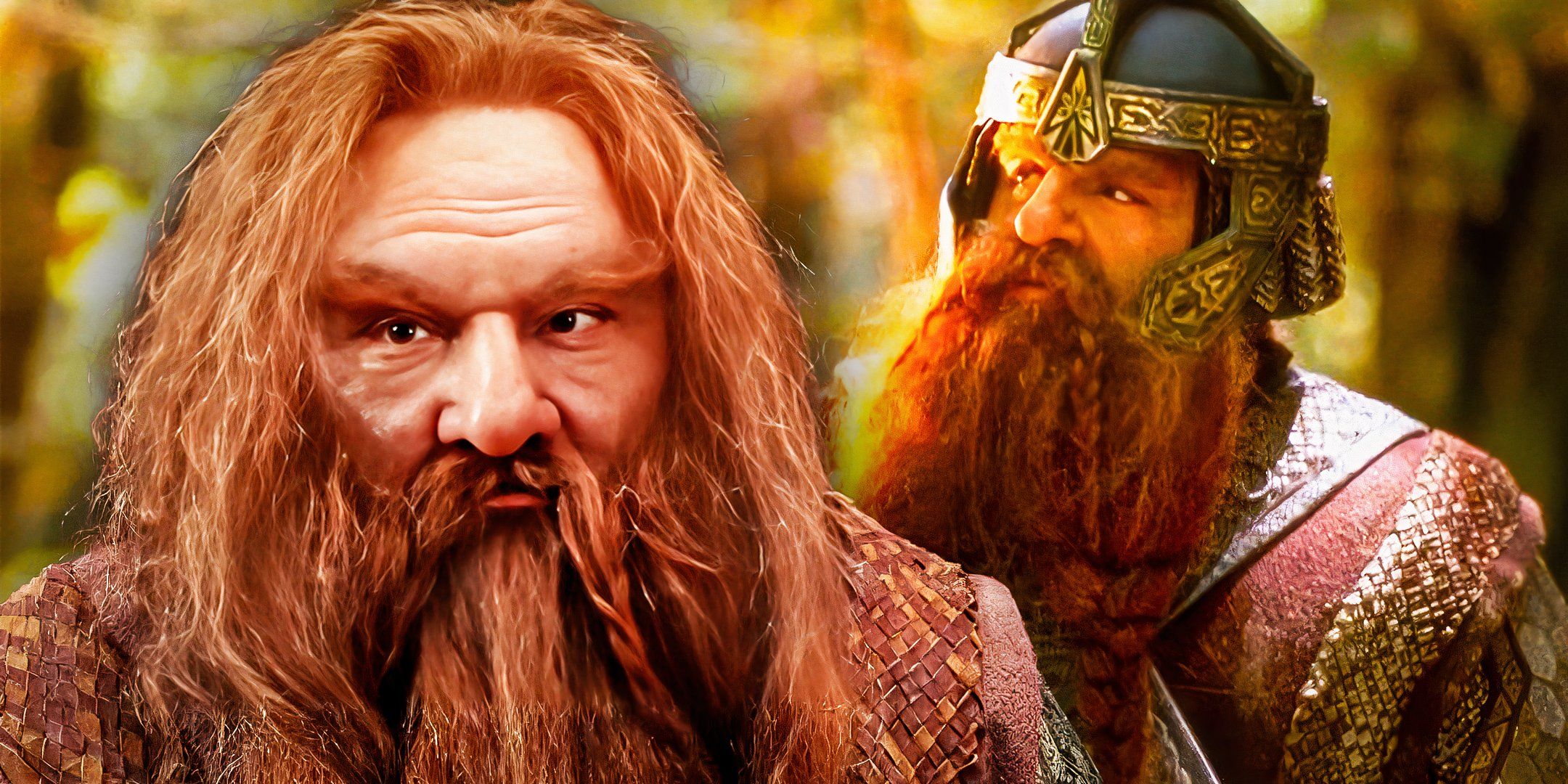
As The Return of the King’s ending explained, Aragorn became King Elessar of the Reunited Kingdom of Gondor and Arnor, while Frodo Baggins, Samwise Gamgee, Pippin Took, and Merry Brandybuck made their way back to the Shire. Tolkien made sure to explain the situations of each Fellowship member after Aragorn’s coronation, with the Hobbits’ unfortunate encounter with the Scouring of the Shire playing a bigger role in the books than Gimli’s formidable career. However, Gimli’s significance was amplified and clarified by the information given about his future.
Gimli Became A Dwarf Lord After The Return Of The King
Gimli’s Star Was Rising At The End Of The Movie
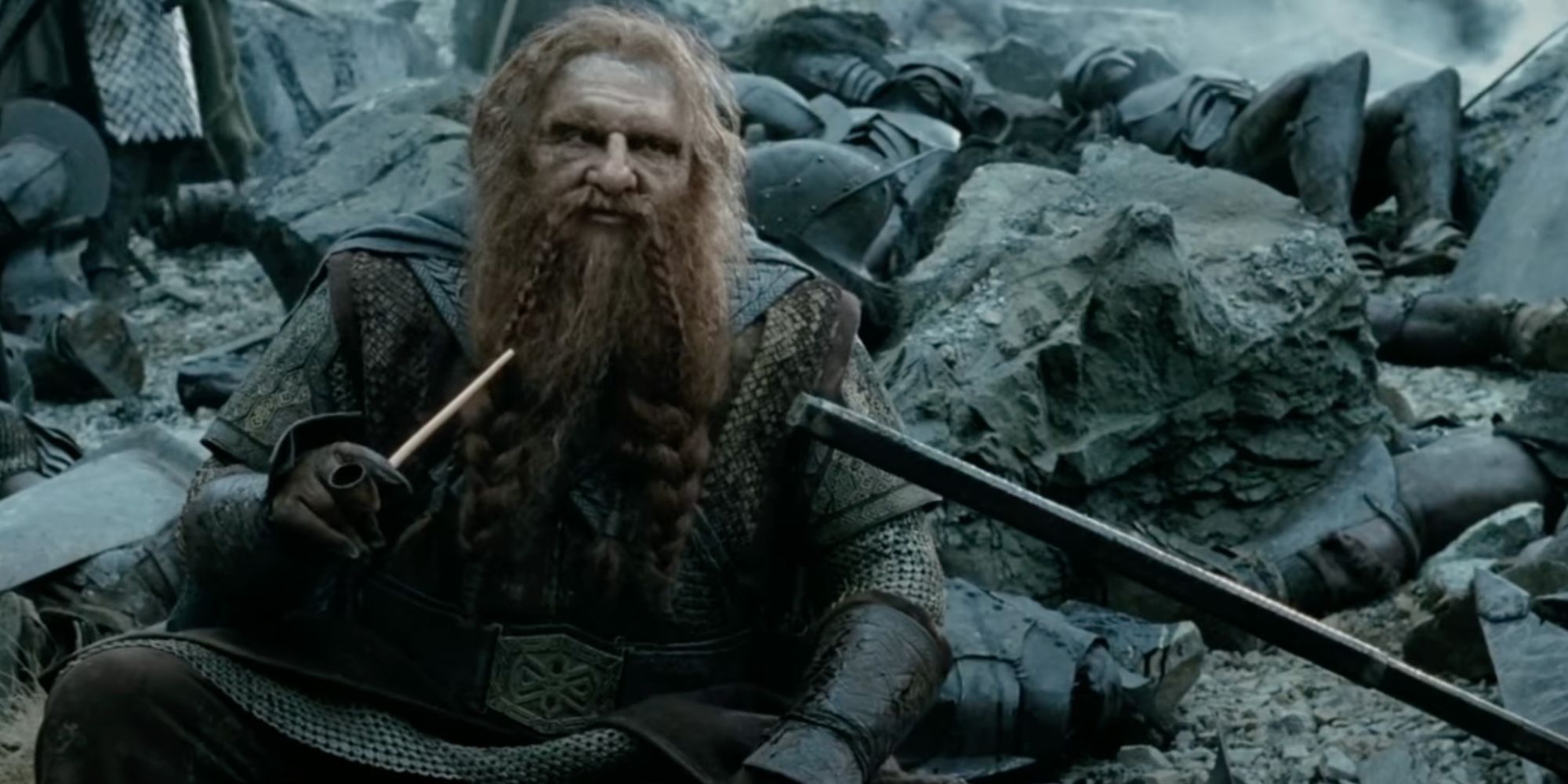
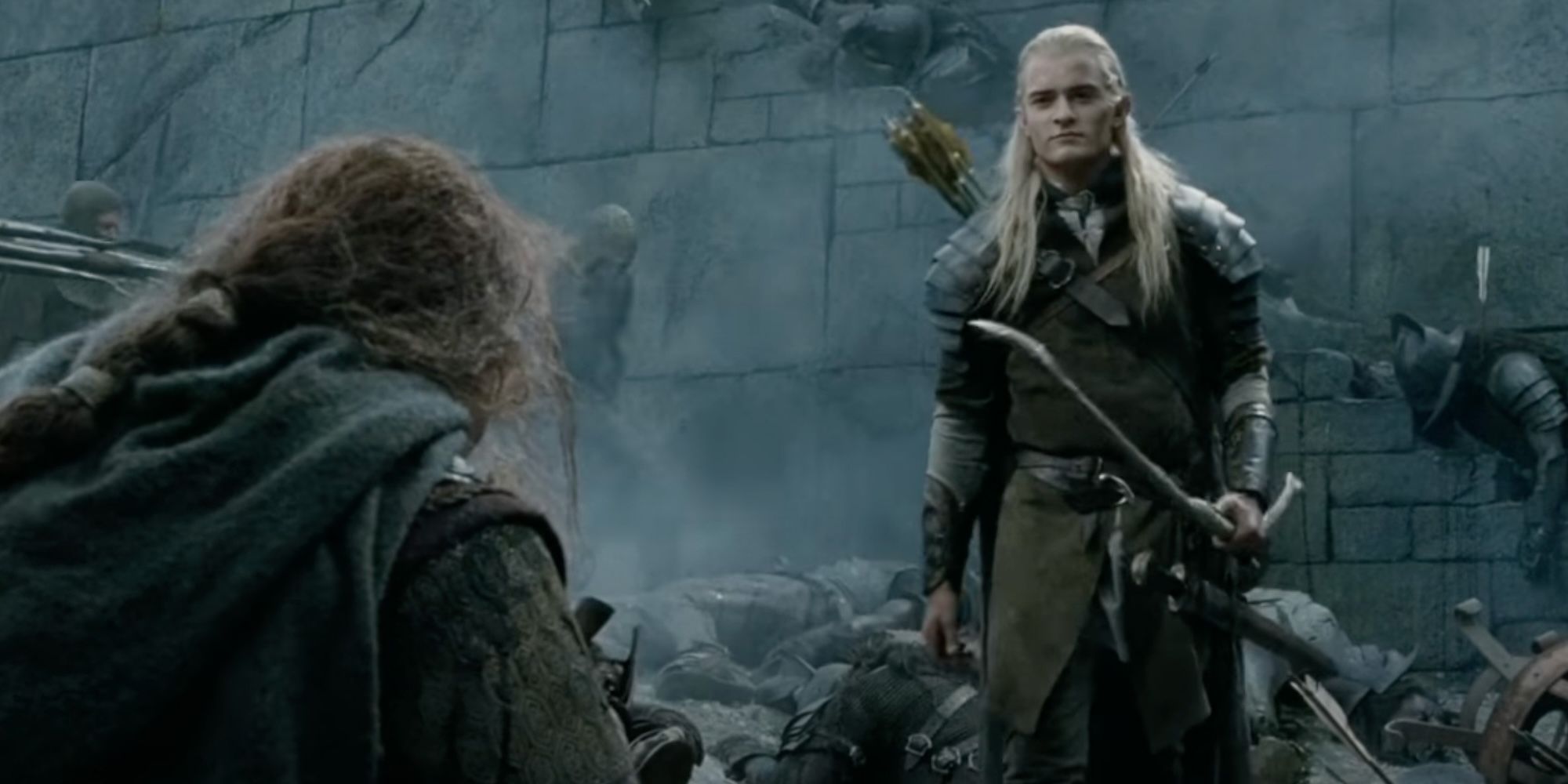
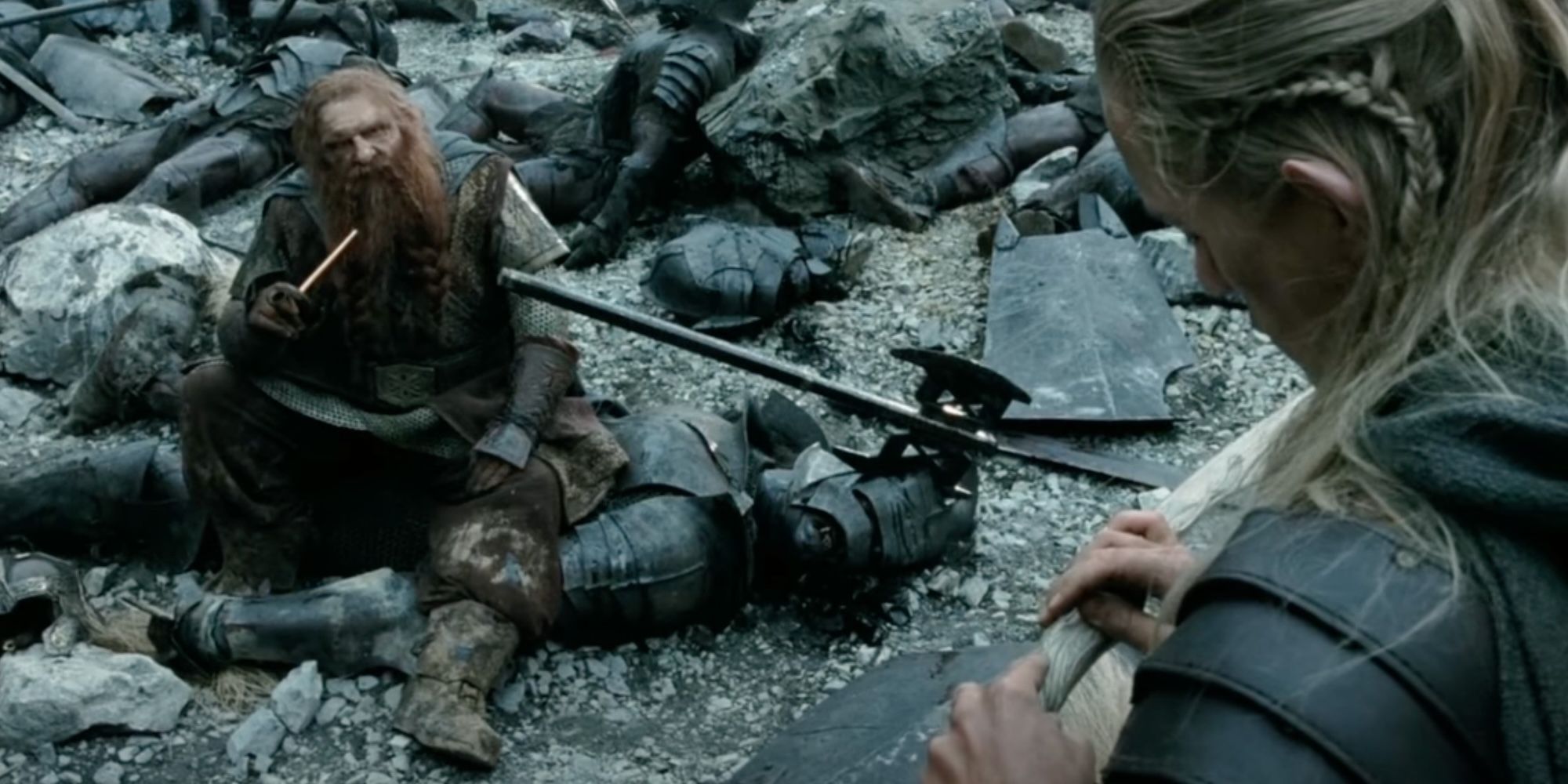
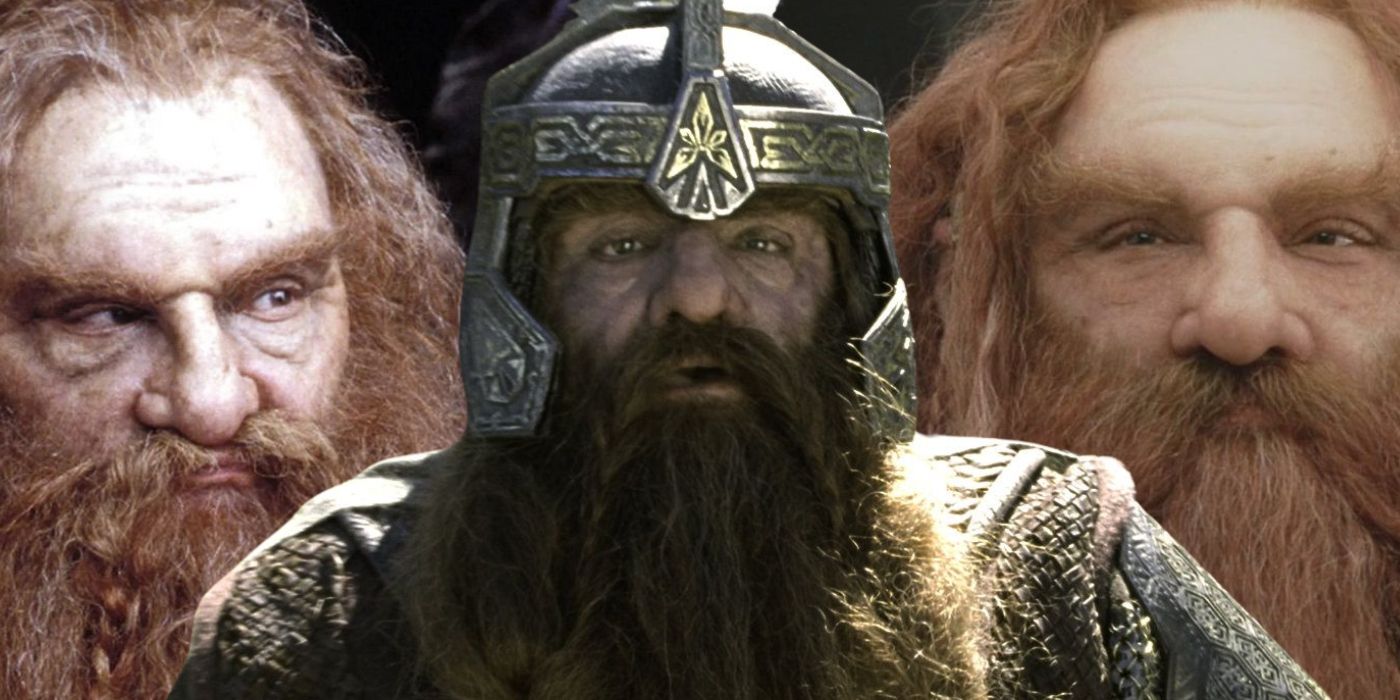
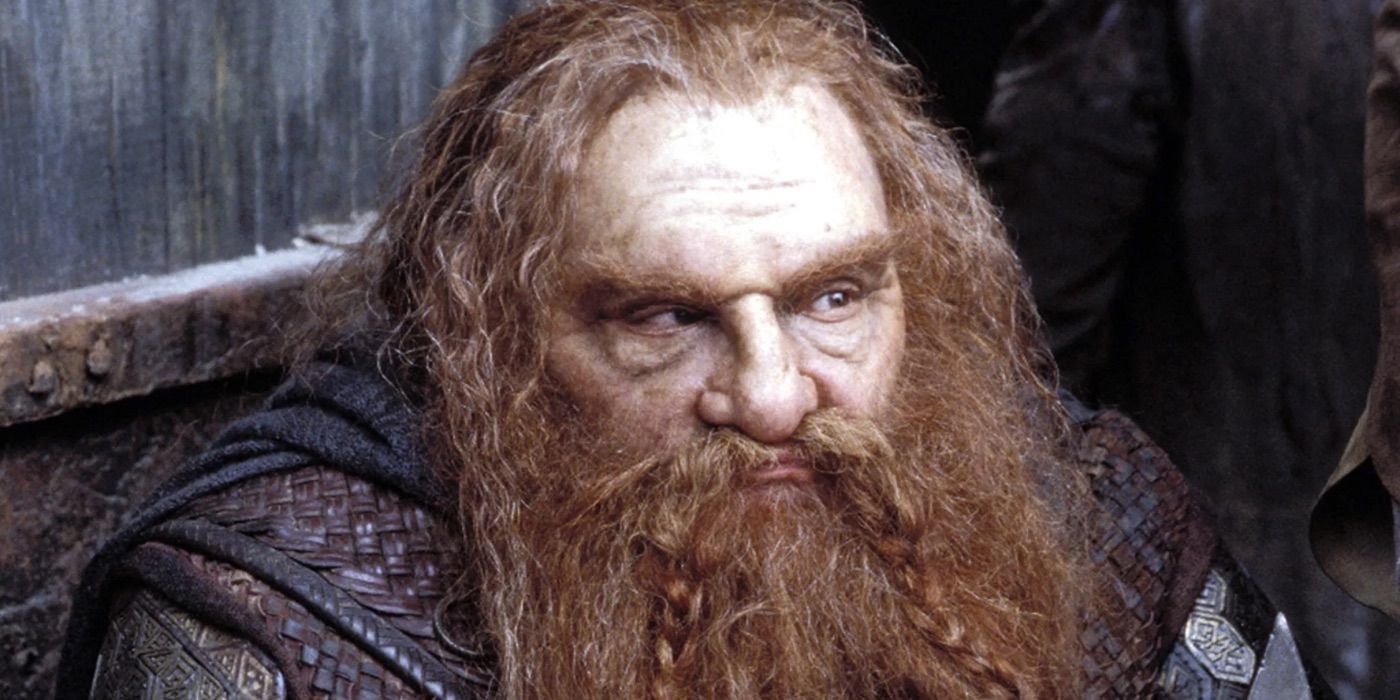





It was told in the appendices to Lord of the Rings that “After the fall of Sauron, Gimli brought south a part of the dwarf-folk of Erebor, and he became Lord of the Glittering Caves.” This was one of the Gimli details left out by The Lord of the Rings movies, but it elevated the Dwarf’s character in the books. Gimli’s leadership in the caves proved that his star was only just rising at the end of The Return of the King. This called back Gimli’s heroics in the Battle of the Hornburg, when he first sighted the caves.
Gimli’s achievements further cemented the Fellowship’s teamwork.
Gimli was already over 100 years of age in Lord of the Rings, and though young for a Dwarf, was more than ready for Lordship. Gimli’s actions as Lord of the Glittering Caves proved this time and time again. “He and his people did great works in Gondor and Rohan,” including the forging of gates made of Mithril. Gimli and his teams’ works helped rebuild after the destruction caused by the war, and in particular helped rebuild gates “broken by the Witch-king.” With Merry helping Éowyn finish off this villain previously, Gimli’s achievements further cemented the Fellowship’s teamwork.
Gimli’s Travels With Legolas After Lord Of The Rings Explained
Gimli And Legolas Stayed Friends
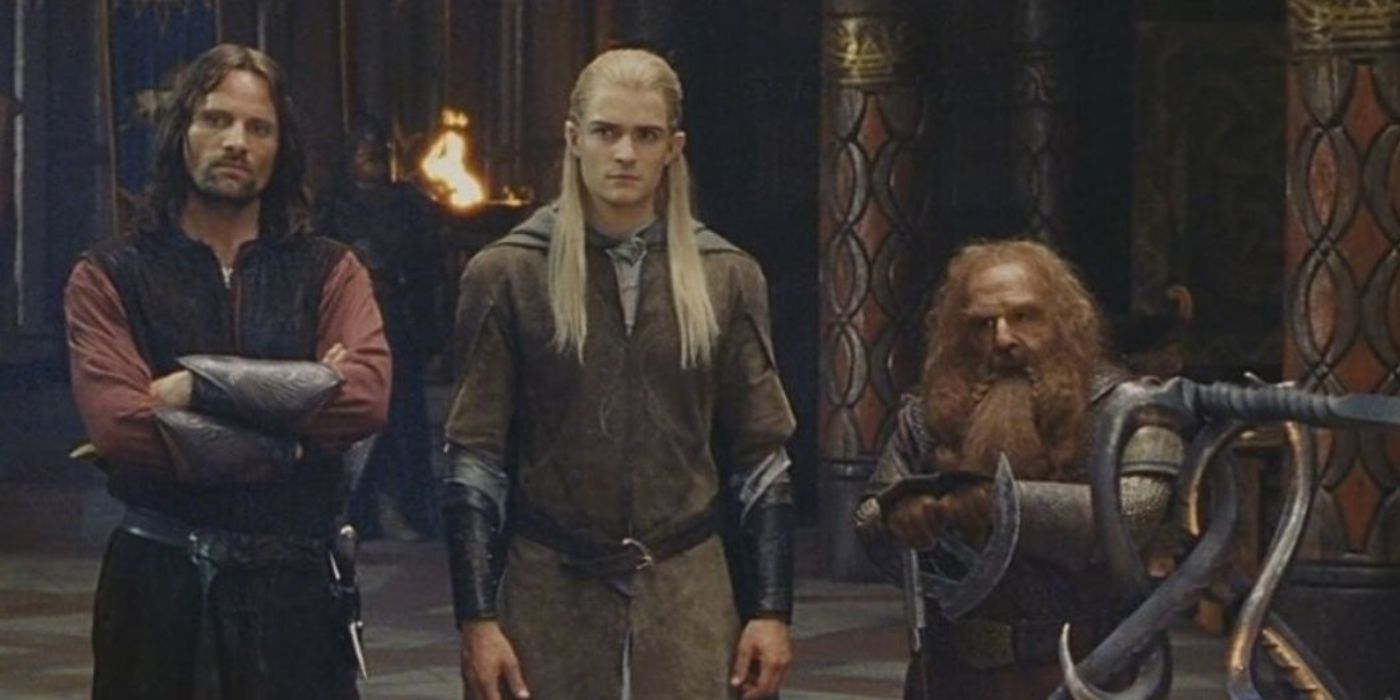
Gimli went on to travel more with Legolas after the events of The Return of the King, but not before arguing with Éomer about whether Arwen or Galadriel was more beautiful, engendering some of the best Gimli quotes of Lord of the Rings. “Legolas and Gimli as ever rode together upon Arod” on their journey onward after the events of The Return of the King, continuing their close friendship. Legolas and Gimli had promised each other to visit Fangorn Forest and the Glittering Caves if they survived the war, and this is exactly what they did.
The Lord of the Rings: The Return of the King was released in December, 2003.
Legolas was awe-struck by the beauty of Gimli’s choice of location; he “would say only that Gimli alone could find fit words to speak of them.” This was “a victory over an Elf in a contest of words” unique in Middle-earth according to Legolas, who then brought Gimli to his preferred destination. The two went to Mirkwood and beyond, “though with no great delight” on Gimli’s part due to his discomfort with the darker woods of the world. The motley crew proved their compatibility both during and after this point.
Gimli Was Eventually Permitted Into Valinor Alongside Legolas
Gimli Got A Unique Ticket To Valinor
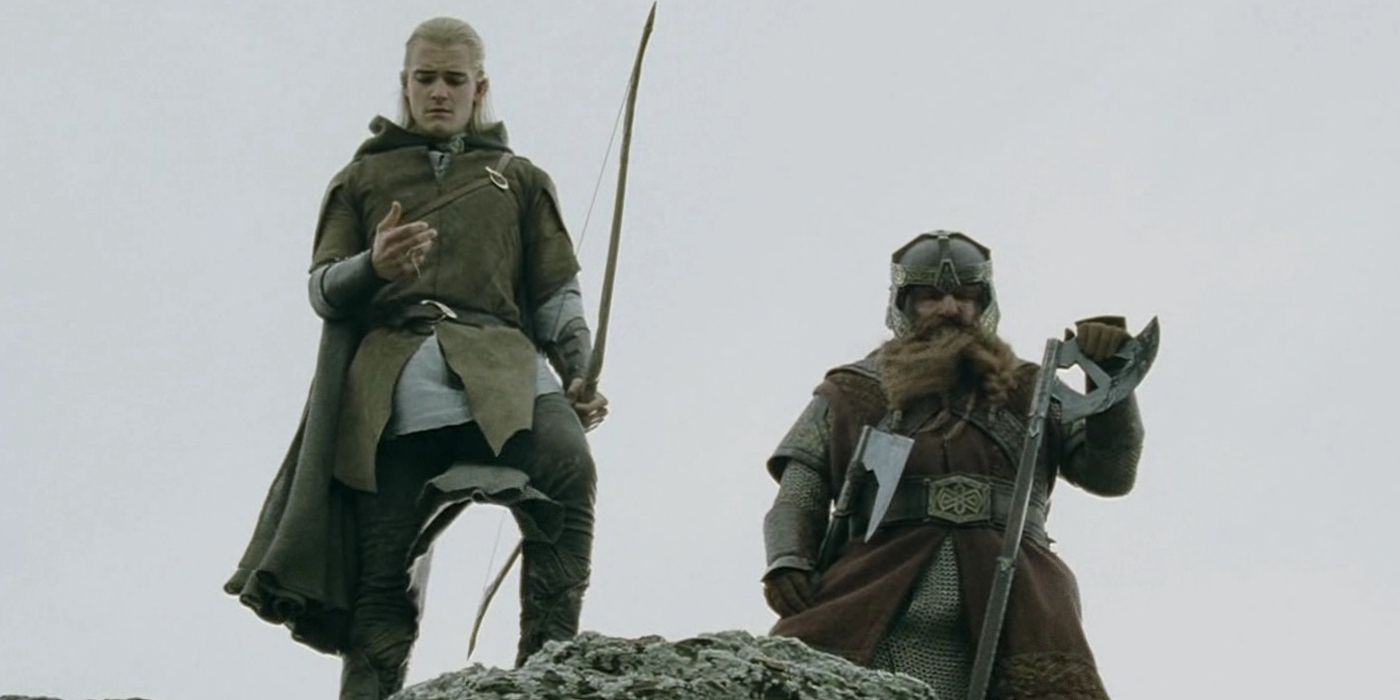
The appendices to The Lord of the Rings state that after the War of the Ring, “Legolas built a grey ship in Ithilien, and sailed down Anduin and so over sea; and with him, it is said, went Gimli the Dwarf.” These words describe how Gimli went with Legolas to Valinor. Gimli constituted the only known example of a Dwarf being allowed entry to Valinor in the in-universe recorded annals of Middle-earth’s history. Gimli broke one of Lord of the Rings’ basic rules here, but there were good reasons for his entry to Valinor.
Tolkien reported it “strange indeed: that a Dwarf should be willing to leave Middle-earth for any love,” which spoke to the importance of his friendship with Legolas. The singular relationship between this Dwarf and Elf was emblematic of love conquering all in Middle-earth, defying race, nation, and tradition. “Gimli went also out of desire to see again the beauty of Galadriel,” coming full circle on the character development that started with Gimli’s distrust of Elves. Still, out of all the things that Fellowship members did after Lord of the Rings, Gimli’s journey to Valinor may be the most heartwarmingly surprising.
Some of Tolkien’s final words on the subject in The Lord of the Rings’ appendices illuminated this surprise. Galadriel, “being mighty among the Eldar, obtained this grace for him.” This reasoning was given as a potential explanation for Gimli being allowed into Valinor, rather than a definite one, preceded as it was by the words “it may be that.” It was given as odd “that the Eldar should receive [Gimli], or that the Lords of the West should permit it” but as Tolkien’s suggestion made clear, there was no rule in Middle-earth that couldn’t be broken for love.



